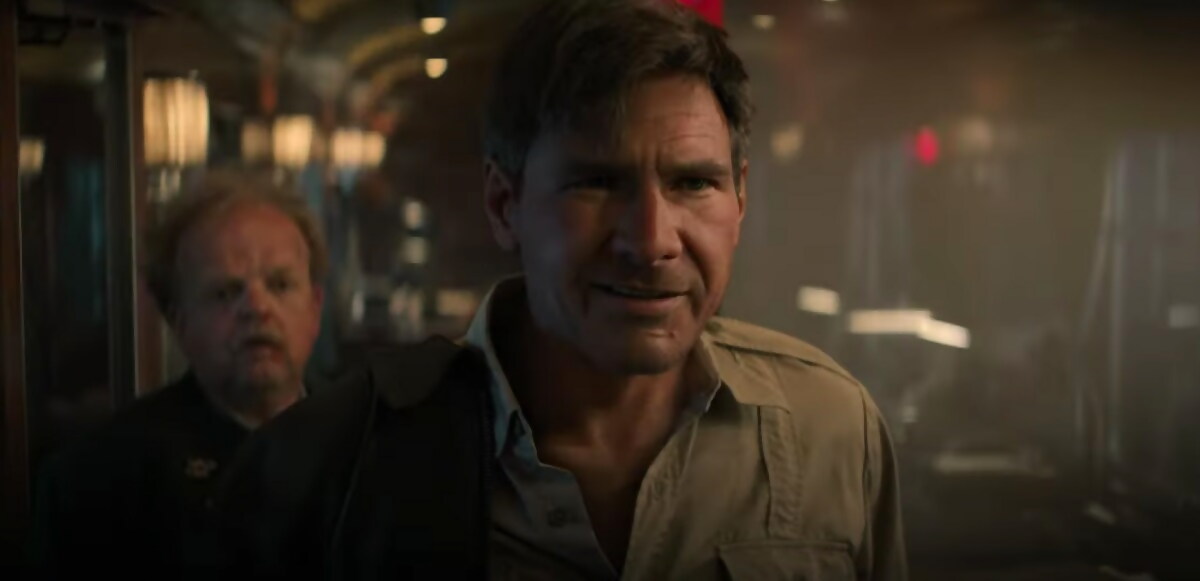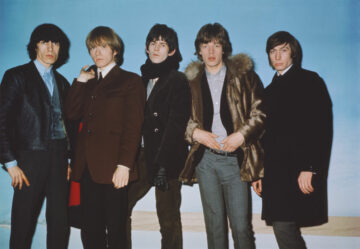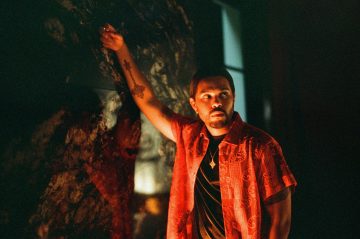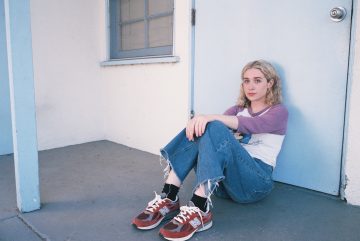The following article contains minor spoilers for The Flash.
On The Adam Buxton Podcast last month, the world’s favourite uncle, Tom Hanks, had a few things to say about his face.
“Anybody can now recreate themselves at any age they are, by way of AI or deep fake technology,” he said.
“I could be hit by a bus tomorrow and that’s it, but my performances can go on and on and on… Outside of the understanding that it’s been done by AI or deep fake, there’ll be nothing to tell you that it’s not me.”
Hop through a Speed Force-powered time portal to June 2023, and Hanks’ comments seem, if not prescient, then at least pretty timely. Two of the biggest blockbusters of the year, DC Studios’ The Flash and Disney’s Indiana Jones and the Dial of Destiny, both feature at least one actor who’s had a bit of digital work done. Or a lot of work: in The Flash’s case, one of the actors died in 2004.
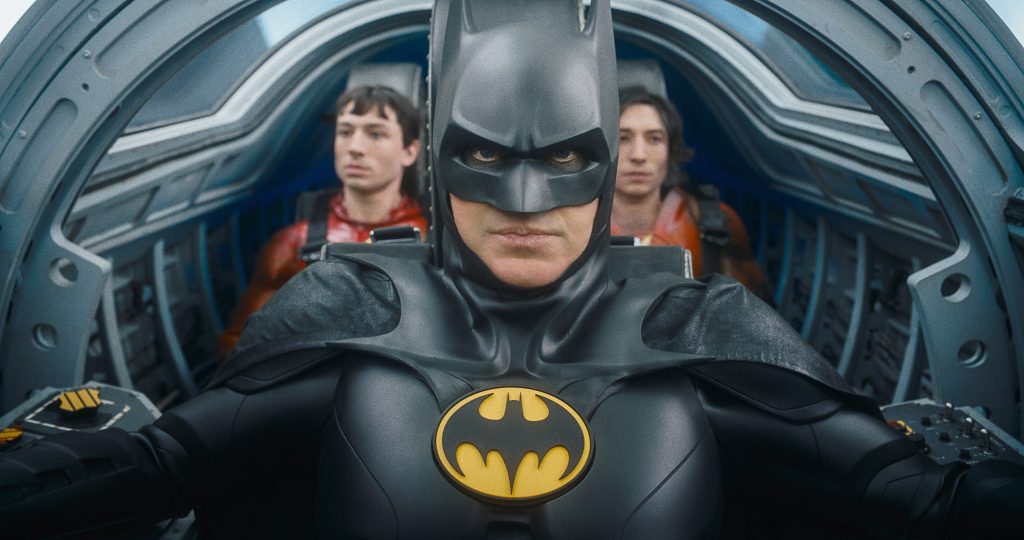
The Flash features cameos from all manner of former superheroes – some more alive than others. (Credit: Warner Bros.)
It’s true that we’ve been living in this world for some time now. Probably the first use of the technology was way back in 1993. During this scene in Jurassic Park, a young Ariana Richards can be seen falling out of an air duct towards a raptor’s jaws. Except that wasn’t Richards at all – the fall was performed by a stuntwoman, before computer whiz kids rotoscoped the actor’s face over the top.
Replacing a few seconds of film to sell a dangerous stunt is one thing. But since then, digital face replacement has been used for all manner of reasons, from the tragic to the bizarre, and none without their share of contention.
In 2016, those rascals at the house of mouse caused a bit of controversy when they used digital effects to make a slightly shonky-looking recreation of Peter Cushing in Rogue One: A Star Wars Story. A year earlier, Universal Pictures had used the technology to flesh out Paul Walker’s appearance in Furious 7 the same year Lionsgate refused to do the same for Philip Seymour-Hoffman to conclude the original Hunger Games saga.
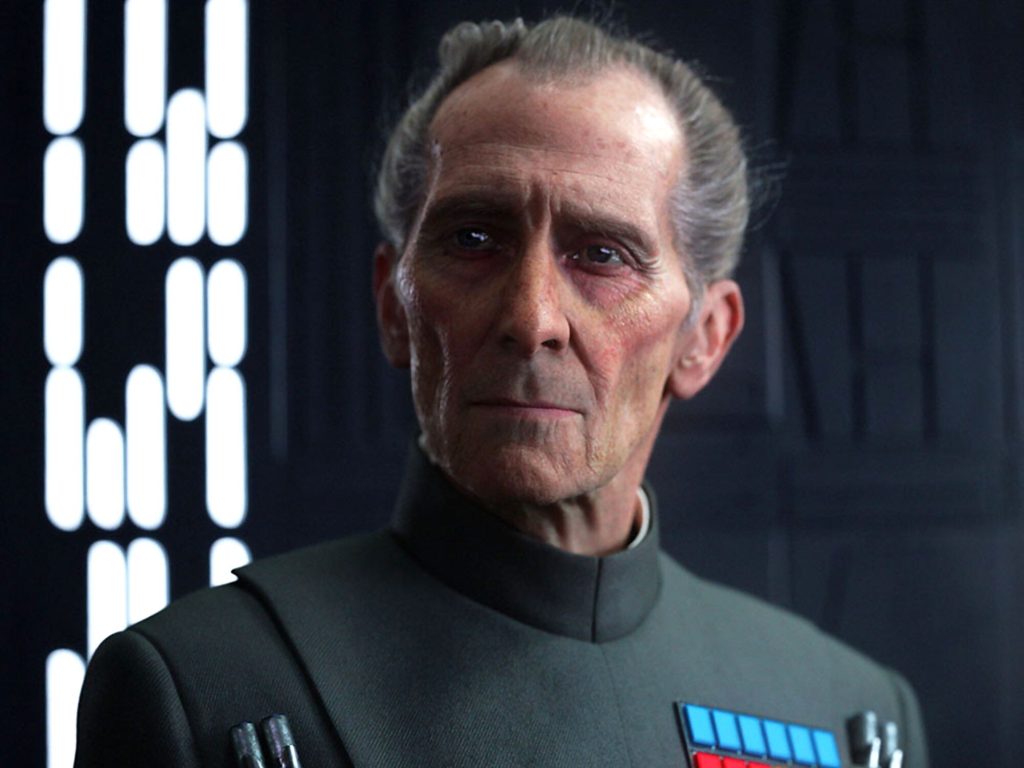
Disney used footage of the late Peter Cushing to bring his digital avatar to life in Rogue One. (Credit: Disney)
With the advent of deep fake technology and the rise of AI, face replacement is only getting easier. Industrial Light and Magic’s Pablo Helman spent two years developing the tech to de-age the octogenarian cast of Martin Scorsese’s The Irishman. This month’s Indiana Jones movie does the same job; with the help of AI, it takes a fraction of the effort.
As far as the age-changing process is concerned, the argument in favour of face-replacement would probably state it’s not actually doing anything new. Filmmakers have used make-up to significantly change actors’ appearances since cinemas were young enough to need ageing-up themselves. David Fincher’s The Curious Case of Benjamin Button arguably used VFX in the same way David Lynch used prosthetics for The Elephant Man almost thirty years earlier.
Of course, it was always tricky to use enough make-up to get an eighty-year-old Harrison Ford to jump off a horse.
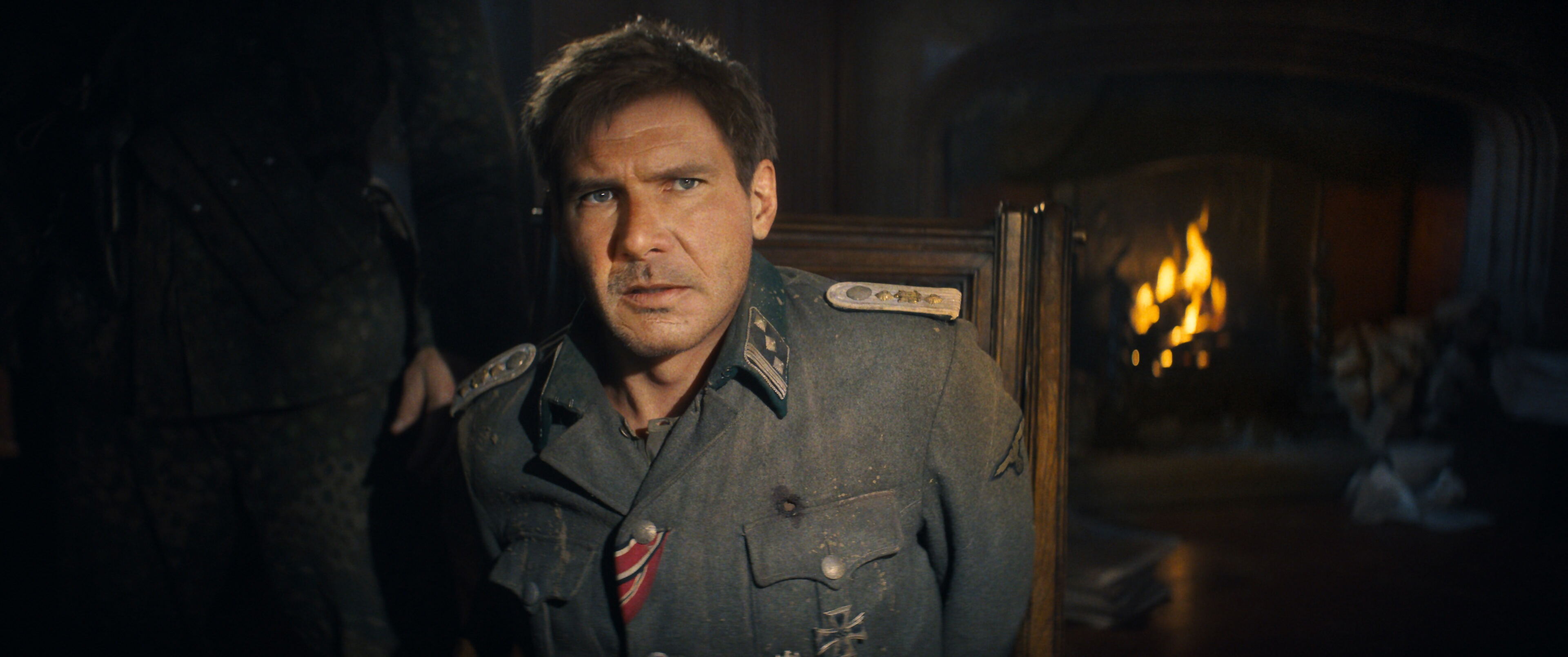
Credit: Lucasfilm
The risk for studios, one might think, is that they make too much use of this technology. The temptation to pay younger, unknown actors minimum rates to stand-in for fistfights while keeping the star-power of New Hollywood’s biggest names must be pretty high. That would, in ordinary circumstances, be a short-term solution. In a few years our silver-screen icons will be dead, leaving a star-vacuum begging to be filled by the kids behind the digital curtain.
READ MORE: Have Pixar backed themselves into a corner with Elemental?
Of course, these are far from ordinary circumstances. As Peter Cushing’s unexpected Rogue One resurrection and The Flash’s Christopher Reeve cameo prove, a little thing like death is no longer a barrier to starring in a blockbuster motion picture.
These ‘performances’ are, of course, a little emotionally empty. Here, studios find themselves running into the same arguments AI-opponents have been using in music, art and the written word. If an audience knows the character they’re watching on screen is more digital puppet than a real human, will they feel the same emotional investment in their story?
The success of James Cameron’s Avatar series and the myriad of other VFX-heavy blockbusters suggests that, a lot of the time, audiences will suspend their disbelief to invest themselves in a character which they know full-well can’t exist in the real world. Perhaps the rise of AI-generated faces will have the same impact. We know that Jake Sully isn’t a real, blue, 8-foot warrior with cat ears; does it matter if we know that isn’t the real Mark Hamill playing Luke Skywalker?
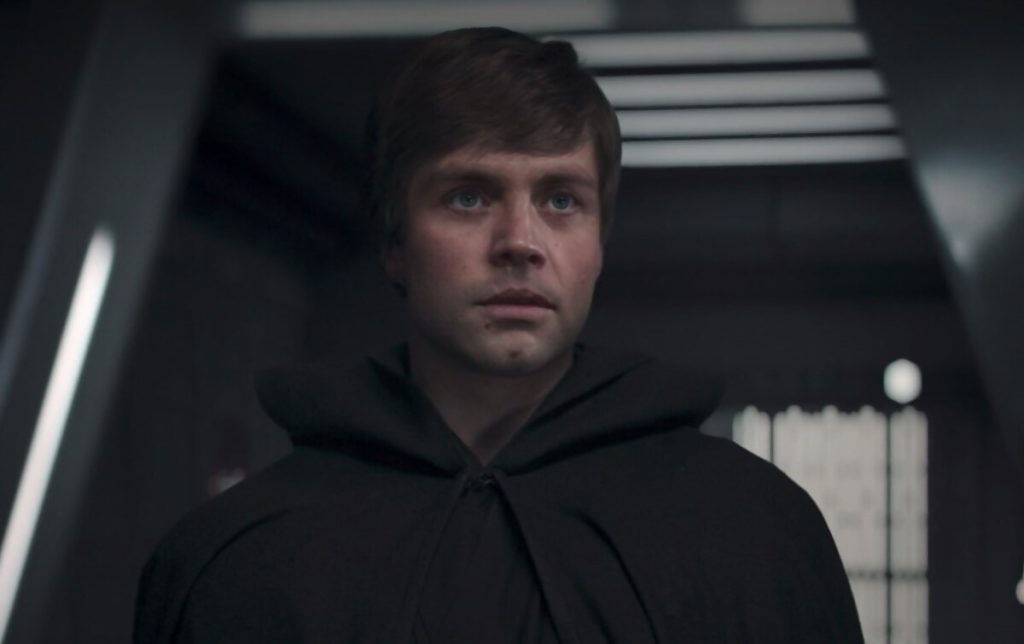
Face replacement technology and a younger stand-in allowed Mark Hamill to reprise his role in The Mandalorian (credit: Disney)
If the industry’s response to the Hollywood writers’ strike is anything to go by, AI-assisted storytelling is a direction the studios seem set on exploring in full. With actors, of course, the technology has legal complications as well as moral. In the music world, Grimes has announced she’d be willing to take 50% royalties from a track using AI to mimic her voice. For actors, though, the question of who owns the rights to their own face and voice is limited to standard rights of publicity – laws made in a time when this sort of technology was the reserve of science fiction.
Like all industries scuppered by the rise of AI, it’s an area desperately in need of regulation. But even without it, the tech seems more likely to destroy the film industry by making acting unsustainable than save it from the economic hole it finds itself in.
Speaking on the choice to recreate Cushing for Rogue One back in 2016, Lucasfilm executive Kiri Hart said, “If he’s not in the movie, we’re going to have to explain why he’s not in the movie.” But explaining that sort of thing is exactly what Hollywood’s done since the beginning. Before heading down the face replacement rabbit hole, maybe they should try and remember how.

